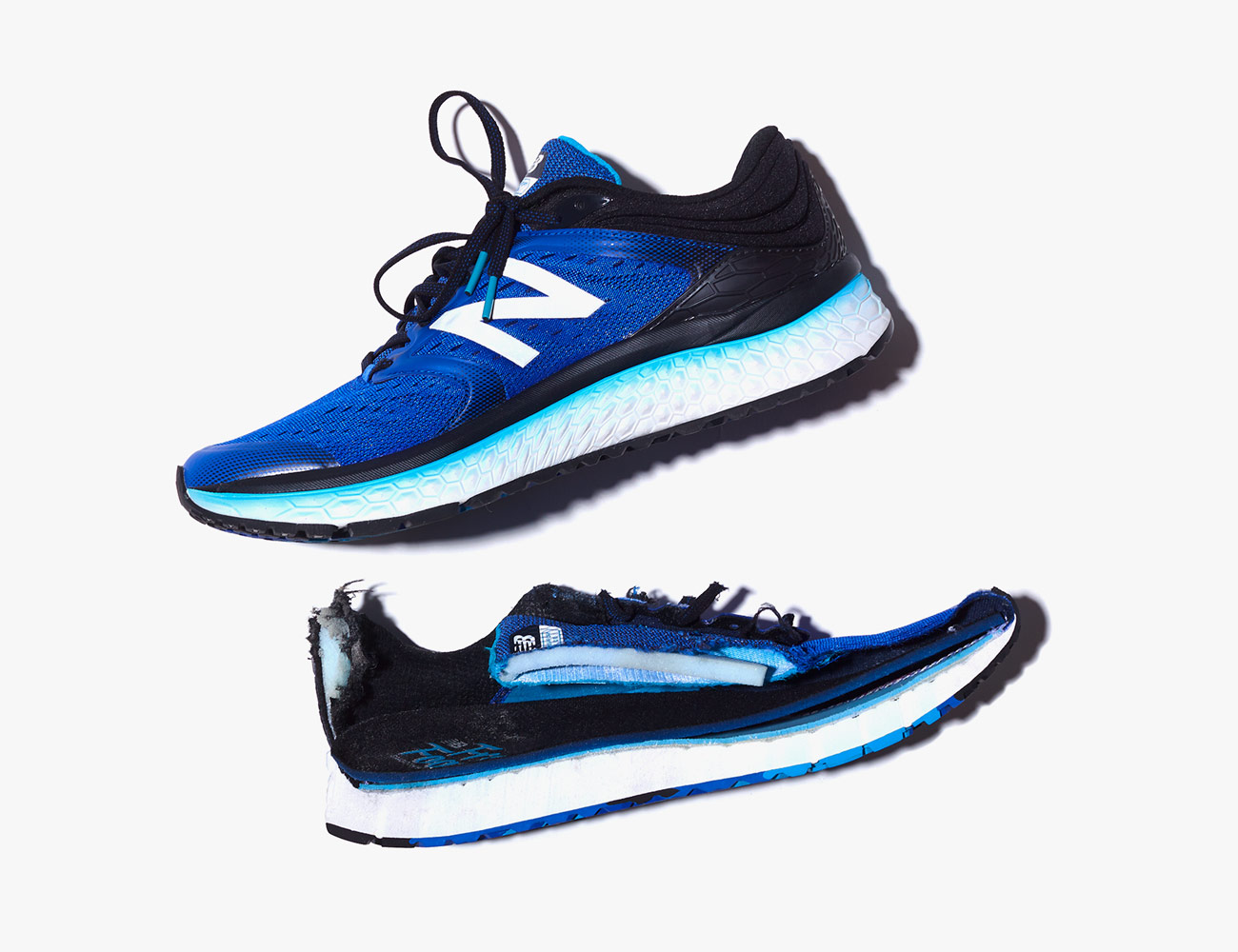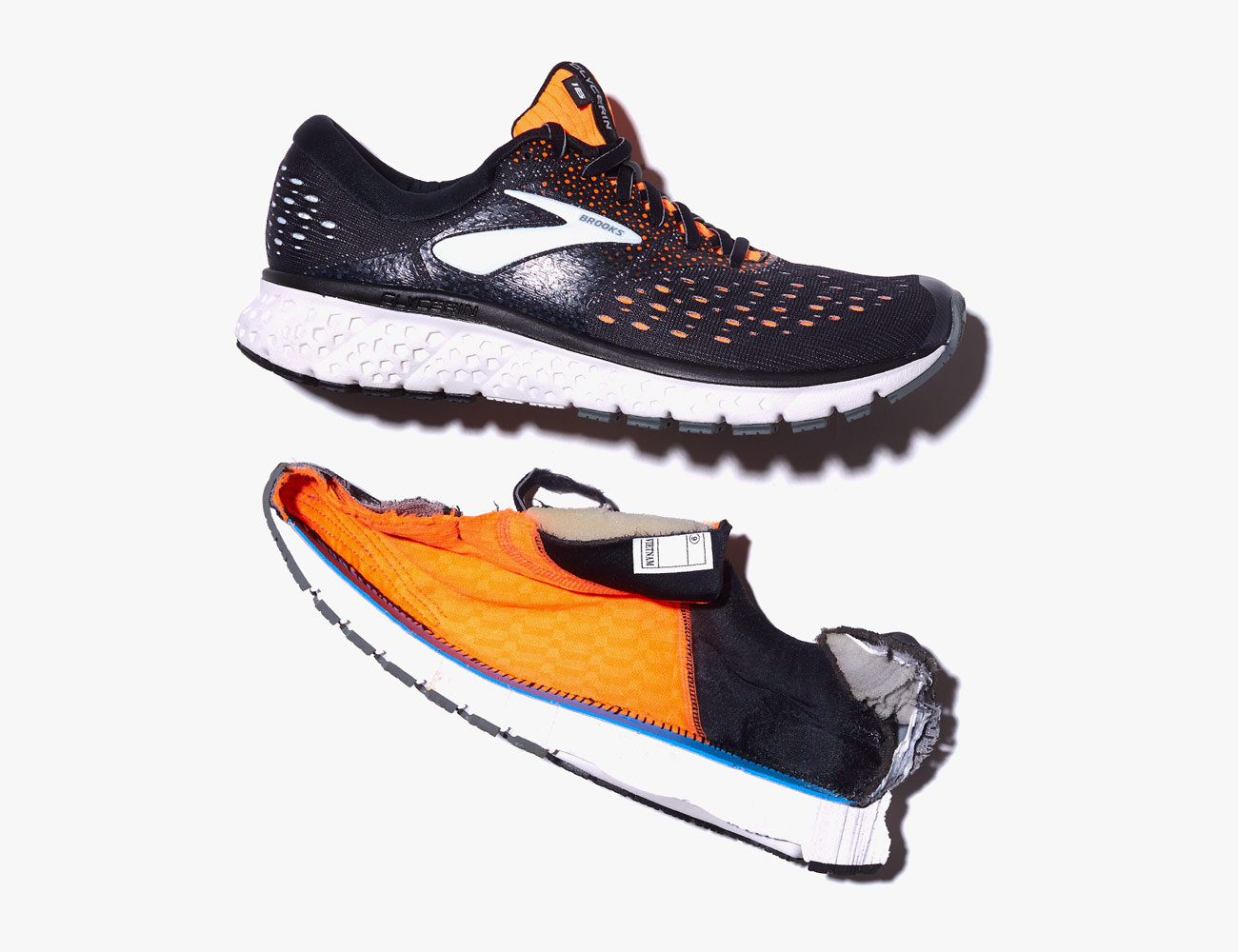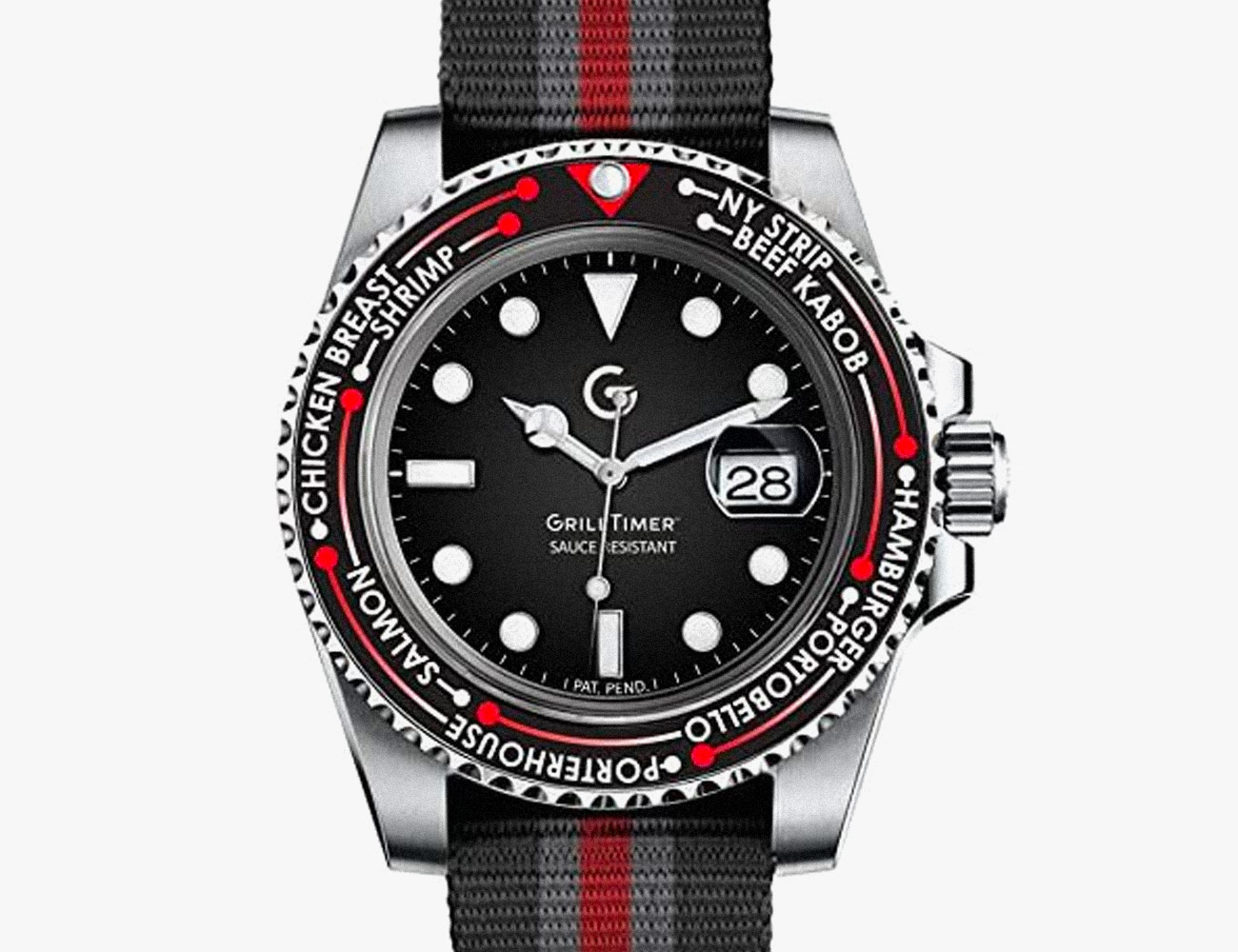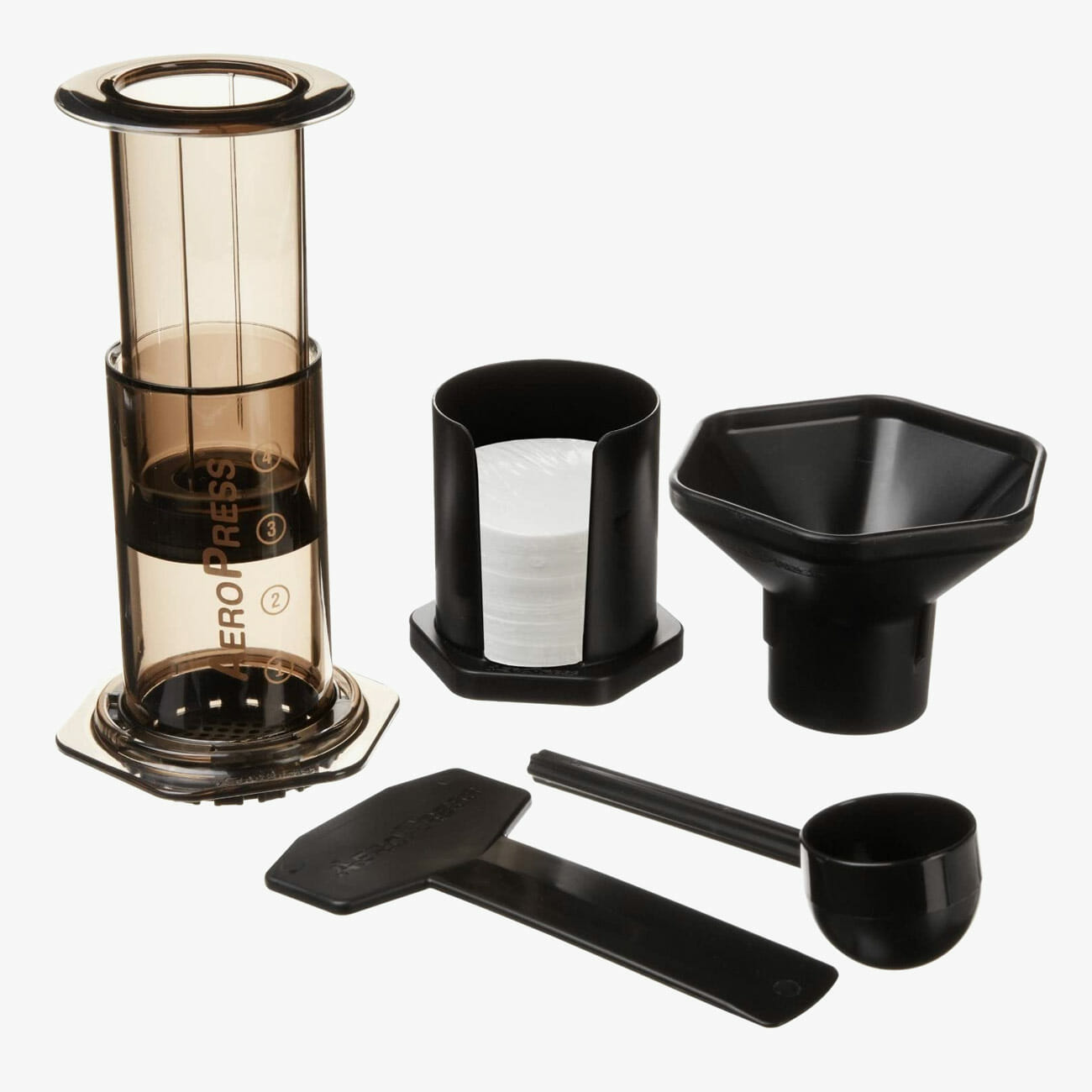From Issue Six of Gear Patrol Magazine.
Discounted domestic shipping + 15% off in the GP store for new subscribers.
Foam has become the single most important aspect of a running shoe, for both performance and marketing. Every sneaker superpower has its own premium version, and all claim to have the best available. Brands continue to push the needle toward softer yet more durable foams that will give you the most comfortable run possible, while also offering the most energy returned over the course of the 300 to 500 miles that make up the life of a sneaker.
Some companies are pushing the boundaries by creating proprietary foams backed with their own athlete-driven data; others simply license out foams developed by large chemical engineering companies. Regardless of the methods of innovation, the race for the “best” foam is driving advancements left and right, giving you, the runner, more options than ever before.
To get a better understanding of what’s actually going on inside these shoes — and to see if there are apparent differences — we decided to gather a bunch of ‘em and, well, chop them in half. And then we asked product people from each brand to tell us what exactly we were looking at. Remember, though: there’s no better way to figure out what shoe will work best for you than getting out there and trying them on yourself.
Adidas Boost
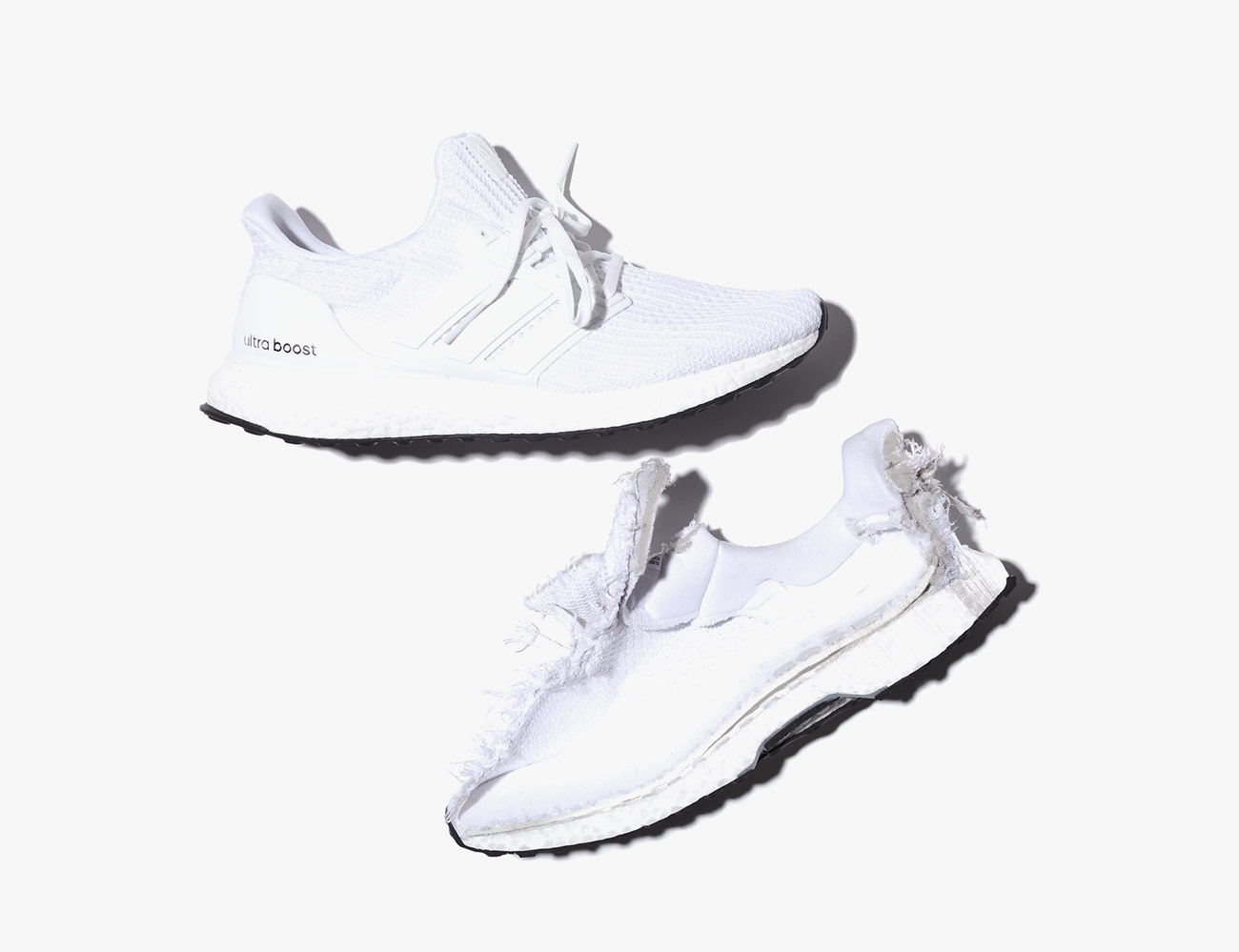
“The TPU foam is both compressible and springy, [and] provides energy return, durability and temperature resistance. The EVA provides comfort, weight and smooth transition, to help you run longer more comfortably,” Matthias Amm, Product Category Director for Adidas Running says.
New Balance Fresh Foam
“We actually have soft and smooth Fresh Foam and then an even softer and smoother Fresh Foam. The 1080 is our premium cushioned shoe with informed data around higher mileage, plush cushioning and a wider base for inherent stability,” Claire Wood, Strategic Business Unit Manager for New Balance Performance.
Nike Epic React
“This is the softest, most responsive foam we’ve created to date. It’s a synthetic rubber-based foam. We created [the compound] with our team of chemists back in Oregon, and with data from elites, output an algorithm of design you see [in the shoes]. It took 400 iterations over 17,000 miles.” Ernest Kim, Director of Advanced Footwear for Nike Running.
Reebok Floatride
“You impart such forces on foam, it’s a balance between cushion and give back material. And elastic properties of materials really help,” Matt Montross, Director of Development of Advanced Concepts at Reebok.
Saucony Everun
“Everun as a material is a two-step process. We start with a TPU, [it’s] solid, we heat it up and inject gas into it, extrude it into a pencil size shape and slice it into little pieces to form foam beads like tic tacs. We pour those into the mold that we want the final midsole to be and run steam through it so all the beads melt together,” Spencer White, Vice President of Human Performance and Innovation Lab at Saucony.
Brooks Glycerin 16
“How do we create the most runnable cushion experience? DNA Loft is a blend of proprietary EVA compound in the ultimate runnable soft experience,” Bennett Grimes, Product Line Manager for Brooks.


